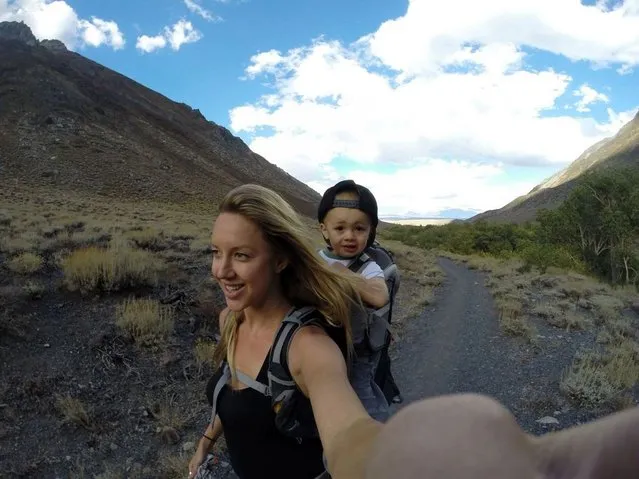30 Jul 2015 10:28:00,post received
0 comments
Details
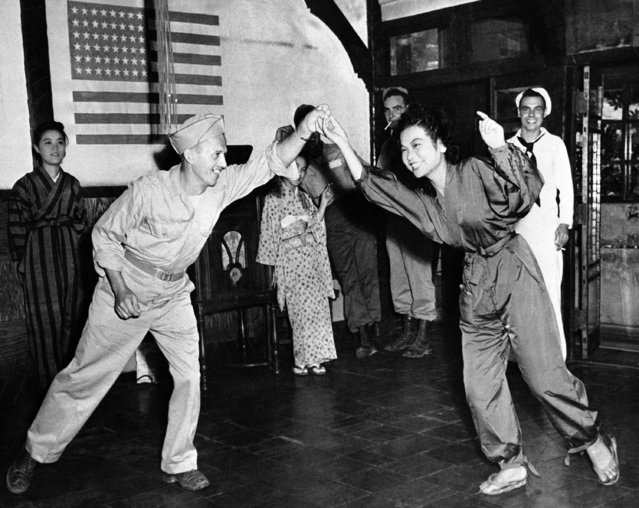
U.S. Corporal Stanley Suski, left, and Miss Tamako, a Geisha girl, whirl a bit of Jitterbug, in a bar, in Tokyo, Japan, on October 1, 1945. (Photo by AP Photo)
06 Oct 2015 08:07:00,post received
0 comments
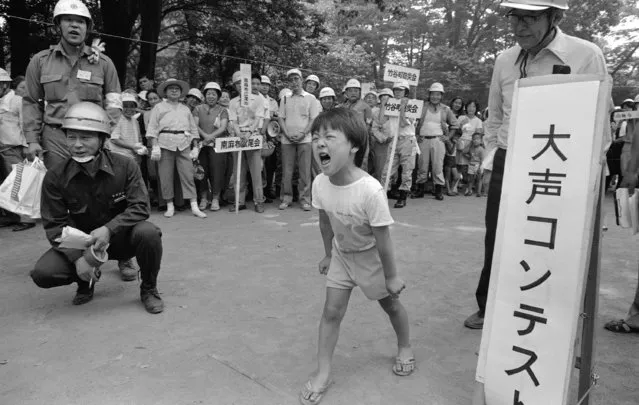
A little boy shouts “Earthquake!” during a shouting contest, part of the annual evacuation drill on the National Disaster Prevention Day on September 1, 1986. The contest was aimed at teaching youngsters the importance of telling neighbors quickly and loudly of a disaster when it hits. The drill is annually conducted through out the country on the day marking the anniversary of the Great Kanto Earthquake that hit the Japanese capital and its vicinity on September 1, 1923, killing more than 104,000 people. (Photo by Sadayuki Mikami/AP Photo)
02 Sep 2015 11:58:00,post received
0 comments
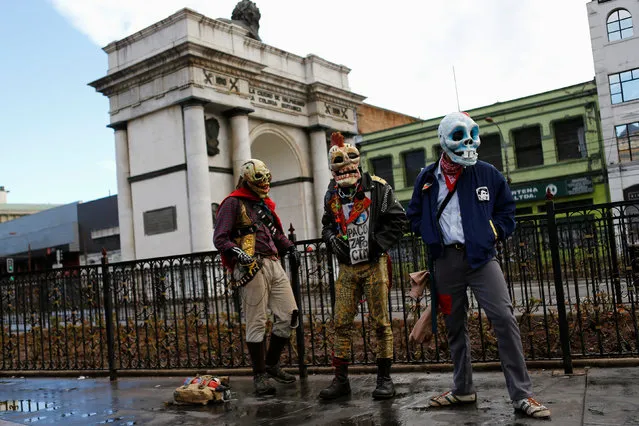
Demonstrators wear skull masks during an anti government protest, as Chile's President Michelle Bachelet delivers a speech inside the National Congress, in Valparaiso city, Chile May 21, 2016. (Photo by Ivan Alvarado/Reuters)
22 May 2016 06:53:00,post received
0 comments
Details
21 Oct 2015 10:25:00,post received
0 comments
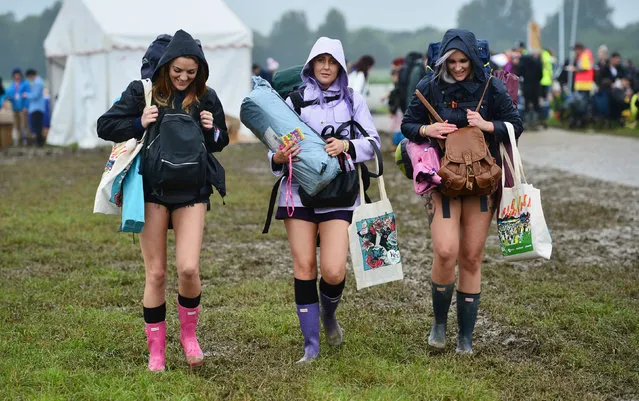
Let the fun begin. Revellers carry their belongings as they arrive at Worthy Farm in Somerset for the Glastonbury Festival, Britain, June 22, 2016. Around 180,000 are expected to attend. (Photo by Ben Birchall/PA Wire)
24 Jun 2016 13:58:00,post received
0 comments
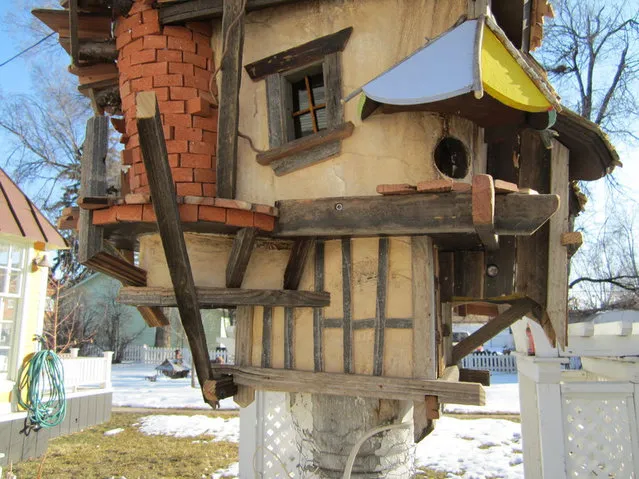
Using a birdhouse is an excellent way to attract birds to your backyard! This you find the perfect decorative birdhouse for your yard
See also:
Part2 Part3 Part4
23 Apr 2013 09:43:00,post received
0 comments
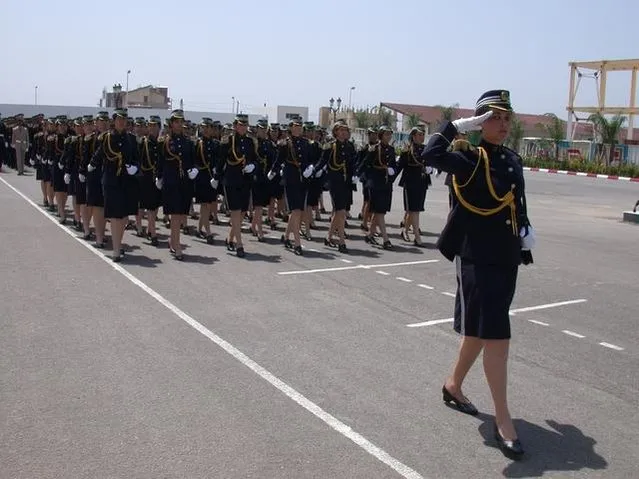
'Military woman' is a constantly updated gallery of images of women wearing uniform: military, police and so on. We truly hope that our beloved visitors won't remain passive and will take part in this project making it even more interesting! Note that all the images featured in the gallery are taken from publically available sources: their copyright belongs to their respective creators and the trade mark to the owners. ...
See also:Part 2
08 Mar 2015 10:08:00,post received
0 comments

